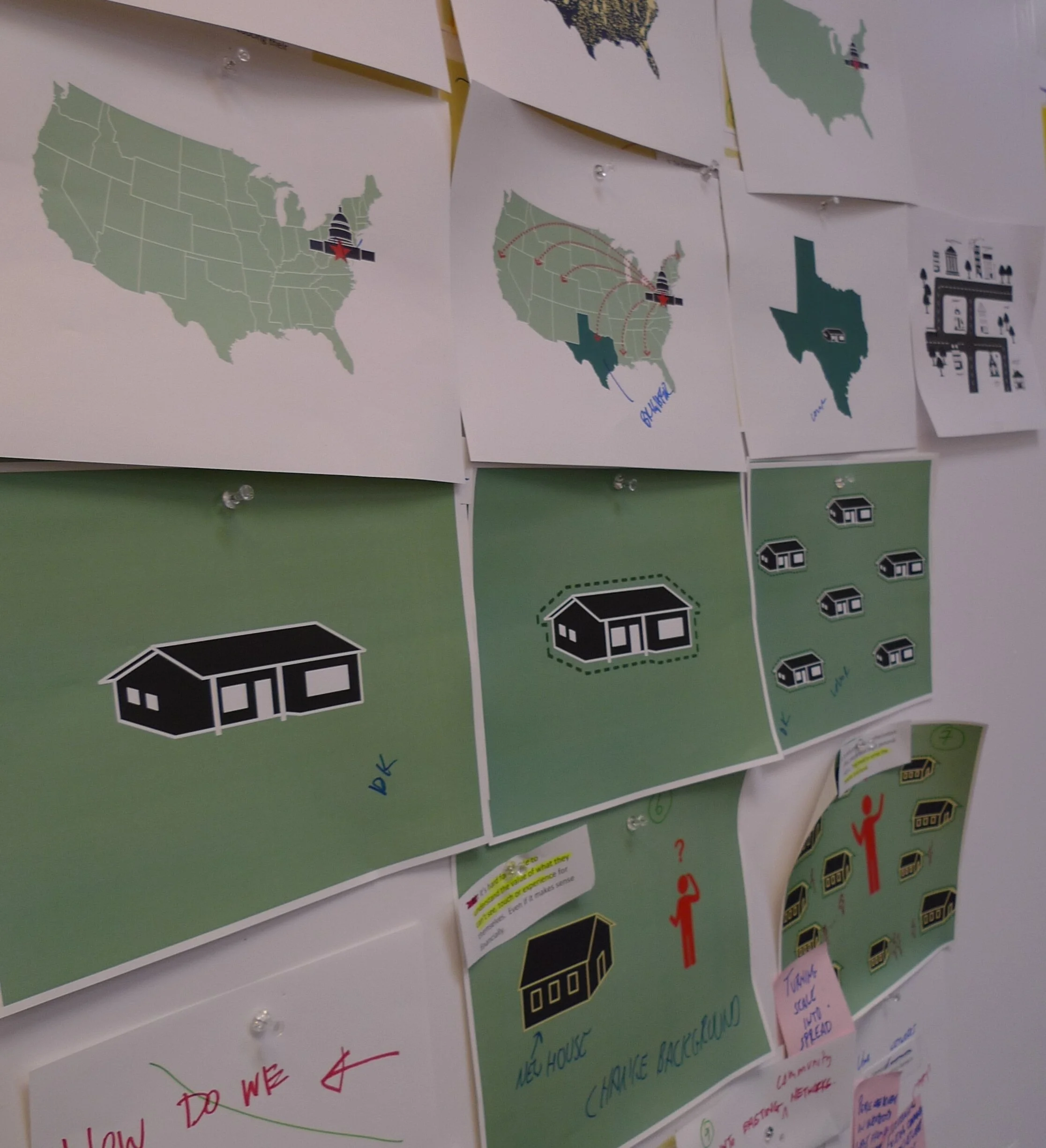
When I co-lead the sustainability and energy practice at IDEO, I focused on three things: mastering the human-centered design process, exploring how to apply design thinking for positive impact and creating new opportunities to bring that intention to life. One sample project- the US Department of Energy had a problem: energy efficiency is one of the most effective means of reducing greenhouse gases and saving money on energy and the technology for EE was very mature, but people weren’t demanding it. This is a classic human-centered design challenge- lots of technical solutions and financial incentives but little understanding of people’s motivations. We engaged to answer a question, ‘how might we make energy efficiency desirable for people?’ and spent six months exploring that design challenge, interviewing 60+ people in seven US locations to deeply understand their unmet needs. The work resulted in a human-centered strategy to connect energy to things people care about and to target communications at moments when they’re open to new solutions. This strategy was supported with stories, visuals, videos and tools to support the adoption of a human-centered mindset around energy and was launched at the Behavior, Energy and Climate Change conference. The strategy, toolkit and assets became foundational for all subsequent projects and engagement with utilities, cleantech start-ups and anything energy related.







